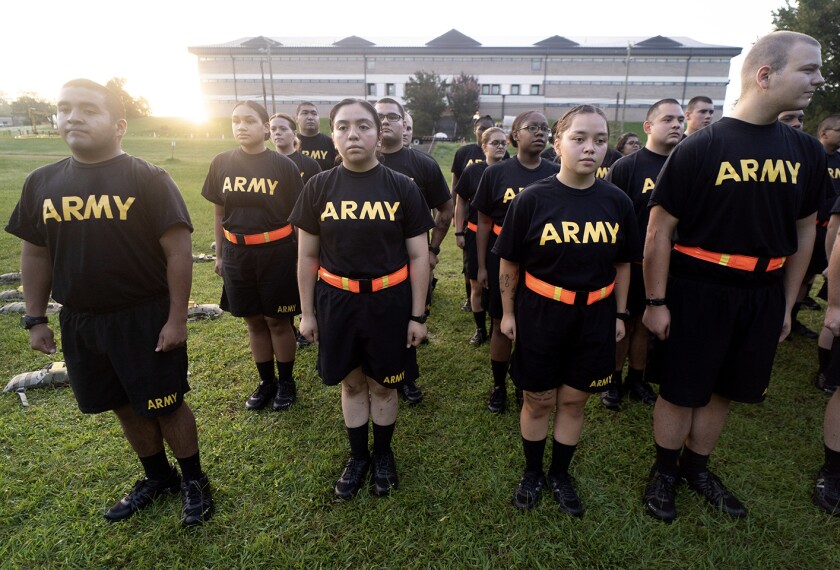To the Editor:
In reading your article “Task Force Formed to Sway Teacher-Prep Rules” (Aug. 22, 2012), I am concerned that the teacher-preparation regulation that the U.S. Department of Education is crafting may not give adequate consideration to the basic premises of who should be accepted in schools that prepare our teachers and what it is that these teachers-in-training should learn. The schools that hire these newly trained teachers, as well as the employers who later hire their students, could provide valuable input on how appropriate the existing preparation is, but unfortunately they are rarely consulted for this valuable information.
Two million teachers will be needed over the next 10 years, but only 1 million teachers are in the pipeline.
As Paul Kihn and Matt Miller noted in a 2010 opinion piece in The Washington Post, the late Sandra Feldman, who was then the president of the American Federation of Teachers, said in 2003 that the disaster we are facing is that we are taking our teachers from the bottom third [of students] to replace those more qualified who are retiring. They also noted that Finland, Singapore, and South Korea take 100 percent of their teachers from the top third of their high school and college classes. These students are screened for other important qualities as well.
We would do well to look into and emulate the practices of these countries.
We should also not forget that business and industry leaders would be very willing partners for the schools that prepare our teachers. All students need the best-prepared teachers that they can possibly have. We need to take great care to see that that is what they receive.
Polly Liss
Ashburn, Va.




